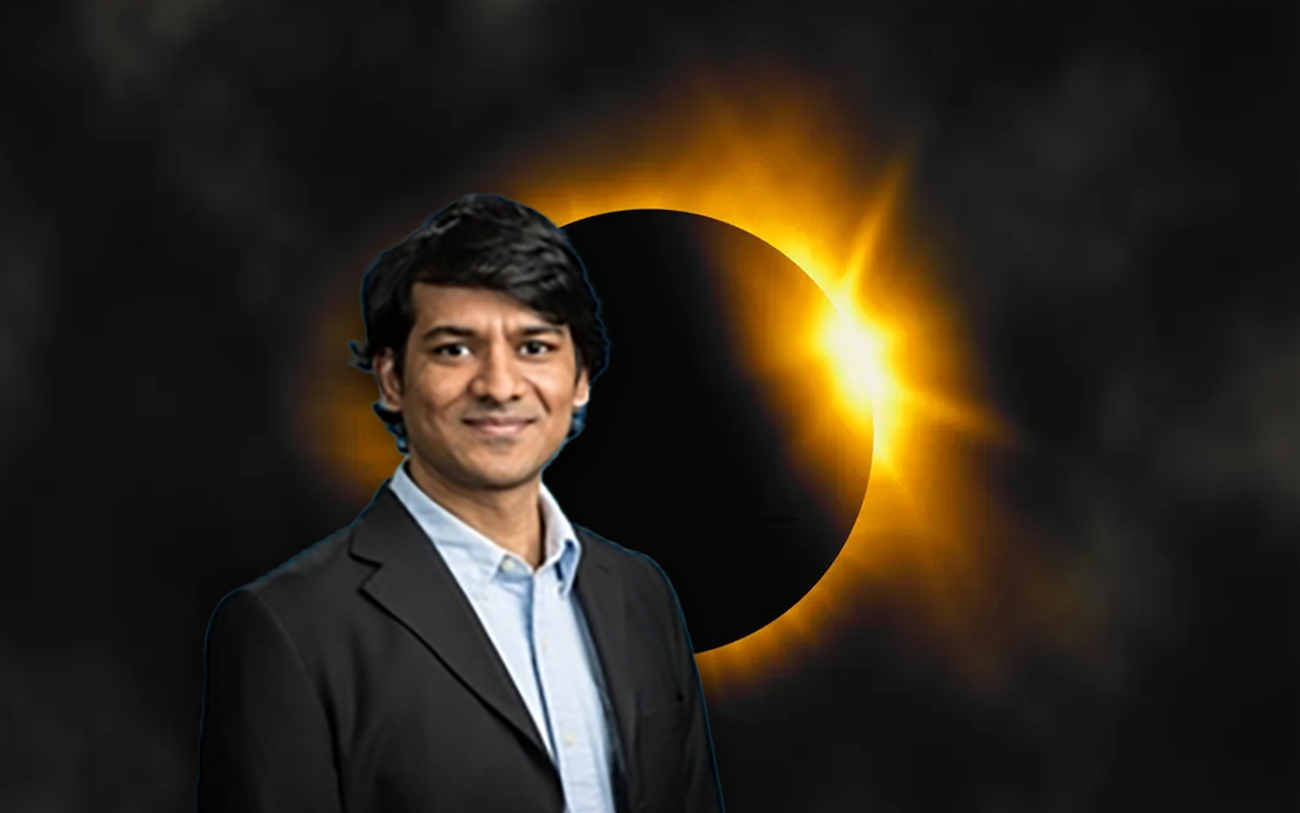
Indian-Born Scientist Leads NASA Mission to Decode Eclipse's Impact
By Adedayo Oyetoke, Published on: April 13th 2024 3 min, 521 word Views: 1016
Imagine this: the Sun, the source of all life on Earth, vanishes. Not forever, of course, but for a brief, awe-inspiring moment during a total solar eclipse. This celestial phenomenon has captivated humanity for centuries, but for Dr. Aroh Barjatya, it presented a unique scientific opportunity.
Dr. Barjatya, an Indian-born scientist leading a crucial NASA mission, isn't there to simply marvel at the disappearing Sun. His mission, the cleverly named "Atmospheric Perturbations around the Eclipse Path (APEP)," aims to understand what happens high above our heads when the Sun takes a temporary vacation.
The Ionosphere: Earth's Invisible Shield
Have you ever noticed how radio signals sometimes fade in and out? That's because Earth has a invisible shield called the ionosphere, a layer of charged particles about 50 to 600 kilometers above the surface. This layer interacts with radio waves, and understanding its behavior is crucial for everything from GPS navigation to mobile phone communication.
The Eclipse Effect: A Scientific Goldmine
A total solar eclipse throws a wrench into the ionosphere's usual routine. As the Sun disappears, the layer is suddenly plunged into darkness. Dr. Barjatya's APEP mission, which actually began during an annular eclipse in October 2023, uses this darkness as a scientific tool.
Think of it like this: by studying how the ionosphere reacts to the sudden drop in sunlight, Dr. Barjatya and his team can gain valuable insights into how this critical layer functions. It's like flipping a light switch on and off in a room – by observing the sudden change, you can learn more about how the room normally operates.
Beyond the Eclipse: A Mission with Lasting Impact
The APEP mission isn't just about a single eclipse. By launching three rockets during the April 8th eclipse, Dr. Barjatya is collecting a wealth of data that will help scientists understand the long-term behavior of the ionosphere. This knowledge is crucial for:
- Improving communication technology: A better understanding of the ionosphere can lead to more reliable and efficient communication systems.
- Space weather forecasting: Just like weather on Earth, space weather can disrupt satellites and power grids. Studying the ionosphere helps us predict and prepare for these events.
- Understanding our planet: The ionosphere is a vital part of Earth's atmosphere. Studying it helps us understand the complex interactions between the Sun and our planet.
From India to the Stars: Aroh Barjatya's Inspiring Journey
Dr. Barjatya's story is as inspiring as his mission. Born in India, his educational journey took him across the country before pursuing his dreams in the United States. His dedication to science and his leadership on the APEP mission are a testament to the power of curiosity and the pursuit of knowledge.
Aroh Barjatya's mission is a shining example of how a single event, like a solar eclipse, can illuminate a whole new world of scientific understanding. It's a story that reminds us that even in the darkness, there's always the potential for groundbreaking discoveries.
This is just the beginning! As Dr. Barjatya and his team analyze their data, we can expect even more exciting revelations about the ionosphere and its role in our ever-connected world. Stay tuned for future updates on this groundbreaking mission!
